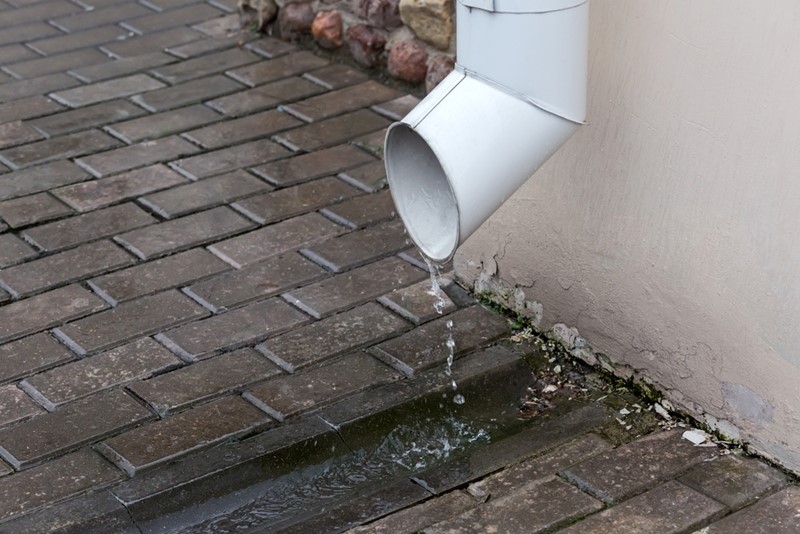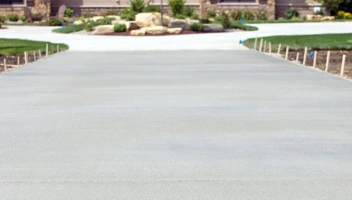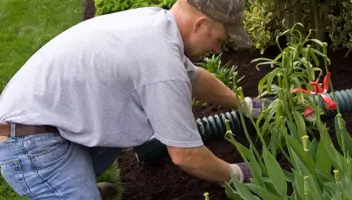Protect Your Home Against Spring Showers

While all the sunshine and balmy temperatures of spring signal the brighter side of the season, it’s easy to forget about how showers are also an essential element of this time of the year. Your gutters, roof and yard may not be up to par for protecting your house against the damage downpours can produce. If preventing instances of leaking or flooding are primary concerns for you, consider these ways you can protect your home against the inevitable showers of spring:
Direct water away
Protecting the foundation of your home against severe water damage relies heavily on your piping system. According to the Environmental Protection Agency, homeowners should have their pipes draining water a minimum of 5 feet away from the house’s foundation. Whenever long rainstorms take place, pools of water can build up around the soil that surrounds your house, and the longer those puddles remain, the more likely leaking within the foundation will occur.
Besides flooding, excess water backup can cause other detrimental consequences, such as mold progression or unpleasant odors. If you’re not sure how far your pipes are directing water away from your home’s foundation, go outside next time it’s raining and see how far the downspouts are dispensing the water. If it appears too close, gutter extensions or piping replacement may be necessary.

Guard your gutters
Gutters play a crucial role in defending your home against water damage. If excess debris such as leaves or pine needles are backing up your gutters, water buildup during a rainstorm is practically guaranteed to take place. Inspecting and cleaning out your gutters during the spring is important for avoiding any water-related catastrophes. If you’re looking for a sufficient way to guarantee no gutter clogs will take place during spring showers, then installing LeafFilter on your existing gutters is certainly in your best interest. This is the easiest way to eliminate debris buildup and keep your gutters unclogged and clean.
Search and seal
Giving your house a long, thorough inspection before spring swings into full gear is also highly recommended. Even the smallest crack or hole can lead to flooding inside the house, so make sure you’re keeping an eye out for any gaps that need sealing.
Another component of the exterior of your home to look over is the condition of the paint. You’ll want to touch up any instances of peeling or cracking paint, as heavy rainstorms can easily wear away at the shape its in.
Of course, it’s also a good idea to get your roof inspected, ideally by a professional. It can be difficult to look at all the areas of your roof for indications of damage by yourself, so at least having a second opinion can put your worries at ease. Even the smallest signs of wear and tear could spell future trouble for the structure of your roof after enduring a few rainstorms.
Make sure you don’t overlook the condition of the interior of your house, either. More often than not, it’s the little things, like areas of mold or musty smells, that can be a sign that the foundation is already experiencing mild water damage.
Review your irrigation system
Nothing can deteriorate your irrigation system like a long winter. It’s always unpredictable how colder temperatures can impact your pipes, faucets or sprinklers, so doing a routine inspection of your irrigation system once it gets nicer outside is essential for preventing unforeseen damage costs in the long run.


